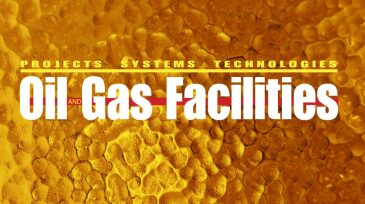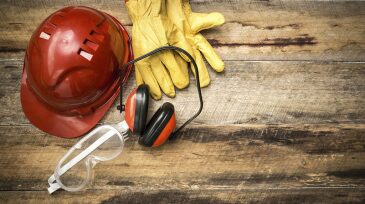Safety
This study ascertains the capital expenditure and operating expenditure associated with the reuse of existing facilities, specifically regarding a carbon capture and storage project being prepared in South Korea.
Sponsored
Advance your career with the new Pipeline Engineering Program at the Technical University of Leoben, a 5-month course combining on-campus and online learning, integrating industry expertise, engineering practice, and future-ready skills for professionals in oil, gas, and emerging energy systems.
A resilience-based approach to safety was the focus of a panel of experts at the 2025 SPE Annual Technical Conference and Exhibition in Houston.
-
Looking after the human factors in daily operations is good business because it increases employee safety and improves work performance.
-
SPE Distinguished Lecturer Patrick Hudson discussed the types of safety culture found in organizations and the ways in which companies can improve their handling of noncompliant behaviors by employees.
-
Gone are the days when missing a few fingers is a badge of honor in the oilpatch. Author, Distinguished Lecturer and Consultant Ken Arnold discusses how far the the industry has come in prioritizing safety, and what more can be done to improve it.
-
A lack of sleep and excessive lighting in the workplace can have negative long-term health effects for industrial shift workers.
-
The paper presents and discusses a solution for immersive training of industrial operators that allows experiencing the multifaceted scenarios of real-plant operations.
-
While there is no one way to prevent all accidents from occurring, organizations can develop an effective safety culture that allows them to learn from their mistakes.
-
With events such as the BP Macondo blowout in the US Gulf of Mexico (2010) and the Pemex Ayatsil-C platform accident (June), the safety risks inherent in oil and gas projects are evident.
-
This paper demonstrates a small, low-cost, low-power, highly sensitive nanomaterial-based gas sensor specifically targeted for the detection of hydrogen sulfide (H2S).
-
Unconventional resources offer many substantial benefits, yet the rapid increase in production of these resources using hydraulic fracturing has generated scrutiny by some policymakers and advocates who cite health concerns.
-
Every process plant presents a high number and diversity of valves that control the flow of feedstock, products, and service liquids and gases.













